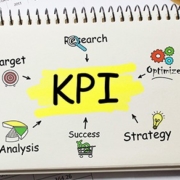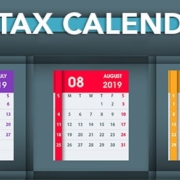Targeting and converting your company’s sales prospects
Companies tend to spend considerable time and resources training and upskilling their sales staff on how to handle existing customers. And this is, no doubt, a critical task. But don’t overlook the vast pool of individuals or entities that want to buy from you but just don’t know it yet. We’re talking about prospects.
Identifying and winning over a steady flow of new buyers can safeguard your business against sudden sales drops or, better yet, push its profitability to new heights. Here are some ideas for better targeting and converting your company’s sales prospects:
Continually improve lead generation. Does your marketing department help you generate leads by doing things such as creating customer profiles for your products or services? If not, it’s probably time to create a database of prospects who may benefit from your products or services. Customer relationship management software can be of great help. When salespeople have a clear picture of a likely buyer, they’ll be able to better focus their efforts.
Use qualifications to avoid wasted sales calls. The most valuable nonrecurring asset that any company possesses is time. Effective salespeople spend their time with prospects who are the most likely to buy from them. Four aspects of a worthy prospect include having:
- Clearly discernible and fulfillable needs,
- A readily available decision maker,
- Definitively assured creditworthiness, and
- A timely desire to buy.
Apply these qualifications, and perhaps others that you develop, to any person or entity with whom you’re considering doing business. If a sale appears highly unlikely, move on.
Develop effective questions. When talking with prospects, your sales staff must know what draws buyers to your company. Sales staffers who make great presentations but don’t ask effective questions to find out about prospects’ needs are doomed to mediocrity.
They say the most effective salespeople spend 20% of their time talking and 80% listening. Whether these percentages are completely accurate is hard to say but, after making their initial pitch, good salespeople use their talking time to ask intelligent, insightful questions based on solid research into the prospect. Otherwise, they listen.
Devise solutions. It may seem next to impossible to solve the challenges of someone you’ve never met. But that’s the ultimate challenge of targeting and winning over prospects. Your sales staff needs the ability to know — going in — how your product or service can solve a prospect’s problem or help him, her or that organization accomplish a goal. Without a clear offer of a solution, what motivation does a prospect have to spend money?
Customers are important — and it would be foolish to suggest they’re not. But remember, at one time, every one of your customers was a prospect that you won over. You’ve got to keep that up. Contact us for help quantifying your sales process so you can get a better idea of how to improve it.
© 2019











